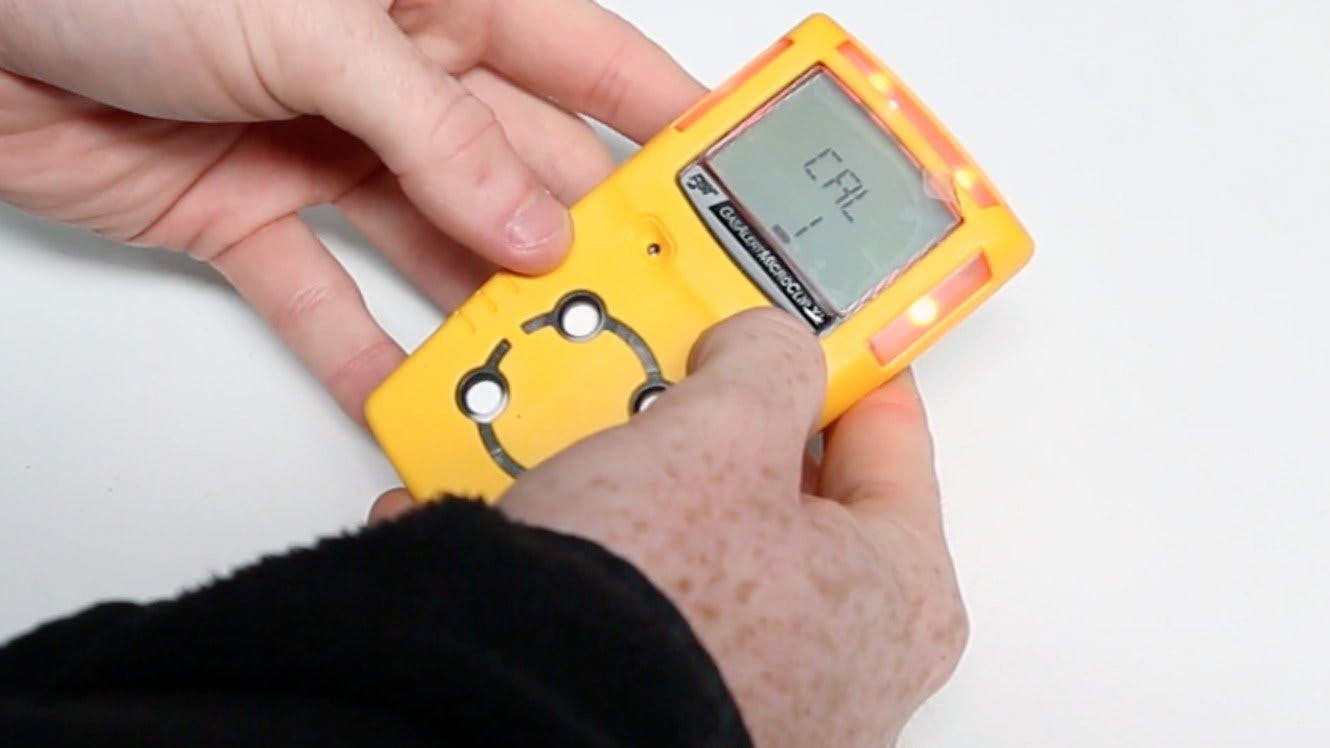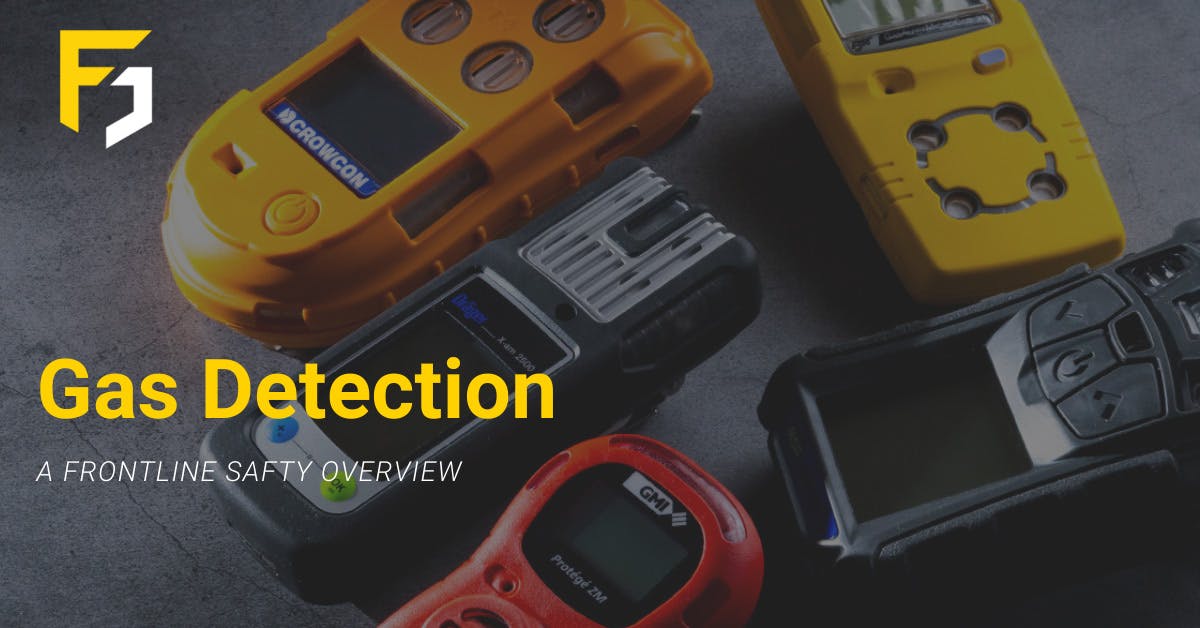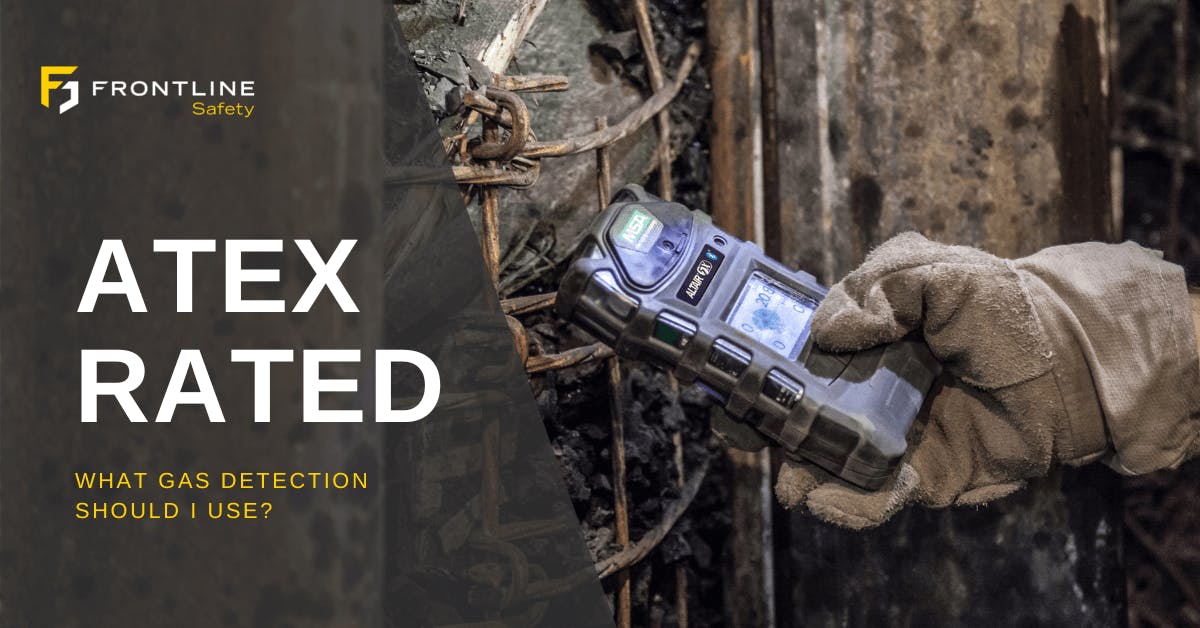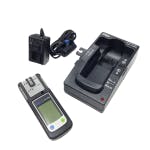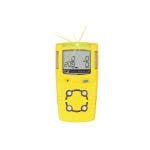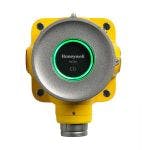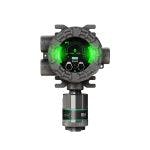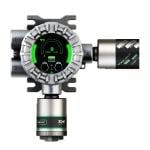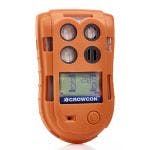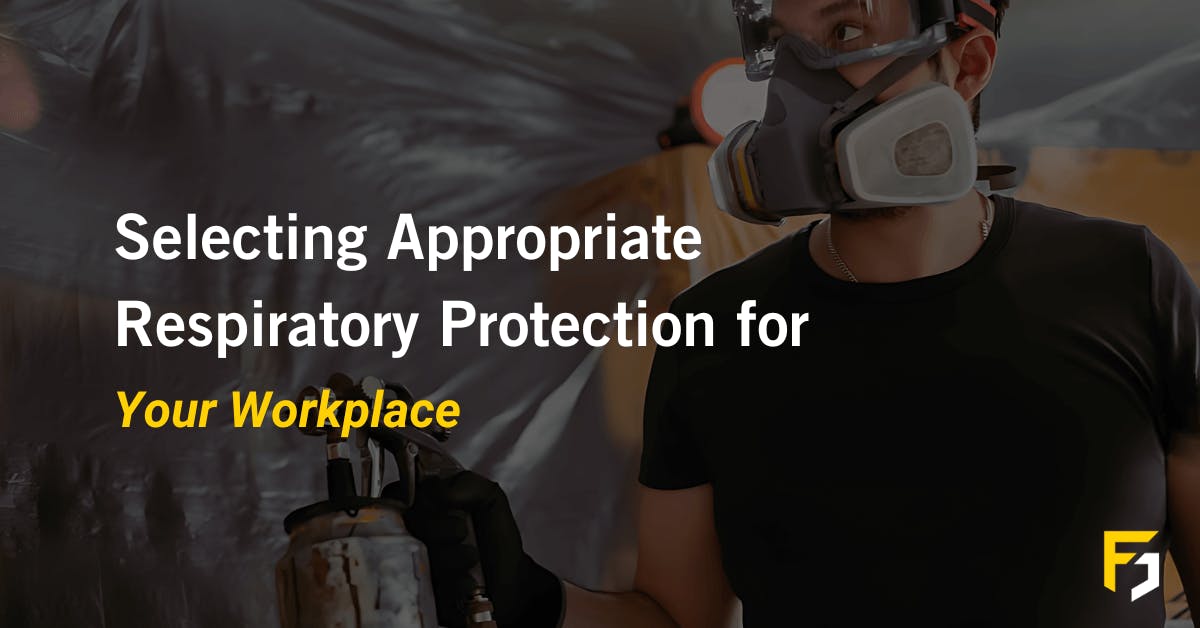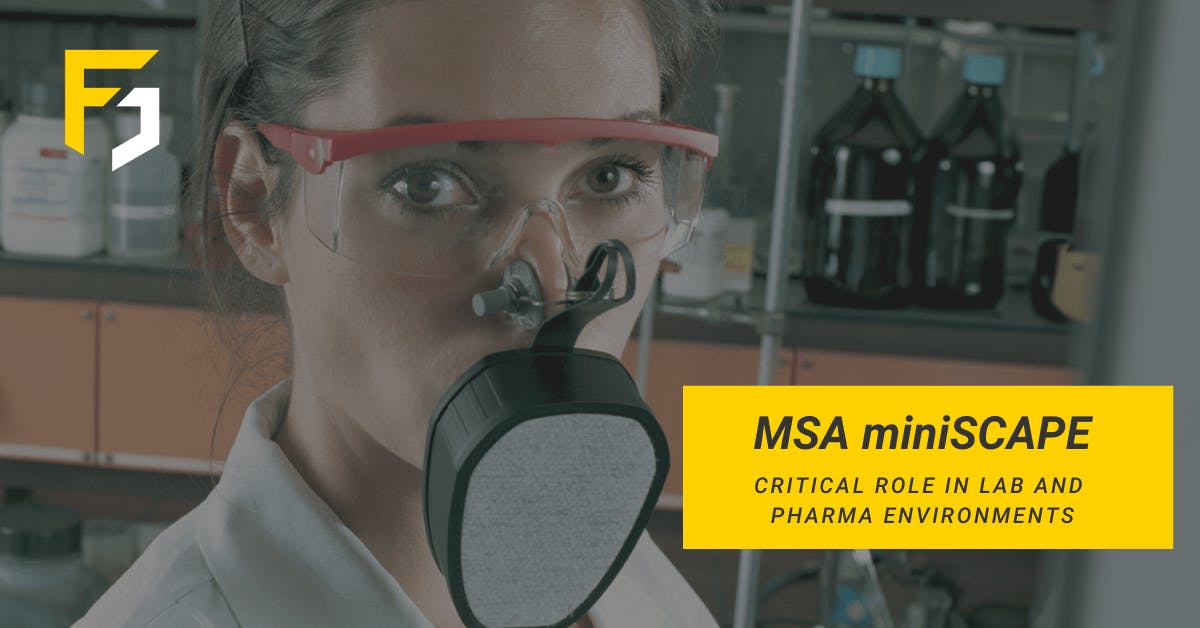
Calibration in Hazardous Areas
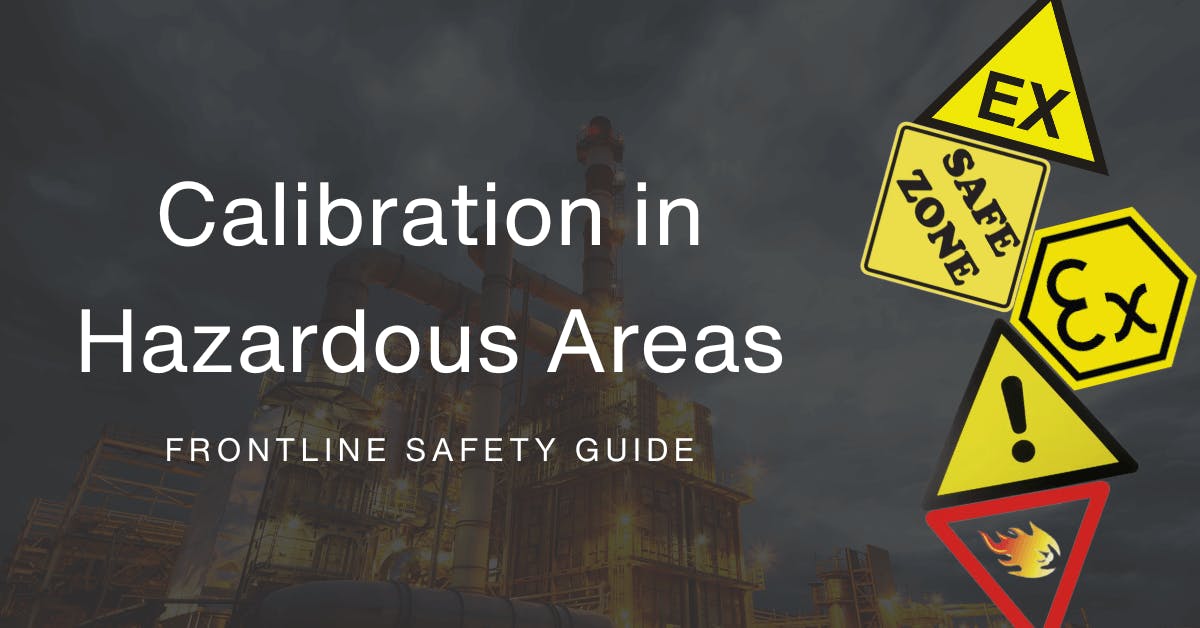
There are many hazardous areas in the process industry where calibrations must be performed. When selecting calibration equipment that is safe to use in a hazardous environment, it is important to understand the nature of the hazardous area and the protective techniques that can be used.
What is a Hazardous Area?
A hazardous area (indoors or outdoors) contains or may contain, flammable substances such as liquids, gases, vapours, or dust. Depending on the hazardous area classification, the area may always contain a flammable substance, or it is likely to be present for a certain ratio of time or only in specific situations, such as during shutdowns or accidents.
The Explosion Triangle
In such a hazardous area, an explosion or fire is possible if all three conditions of the “Explosion Triangle” (shown on the diagram) are met. These three conditions are fuel (a flammable substance), source of ignition (or heat) and oxygen (air). One or more of these elements must be eliminated to make it safe. In industrial applications where eliminating the flammable substance or air is not possible or practical, the most suitable solution is eliminating the ignition source.

Protective Techniques
Calibration equipment can be specially designed for use in hazardous areas. There are many ways to create electrical equipment suitable for hazardous areas. One common protection concept applied to calibrators used in hazardous locations is Intrinsically Safety (IS). The IS concept limits the energy available, so it cannot ignite an explosive gas mixture.
Although possible, using non-Ex calibration equipment in a dangerous location needs specific permission from the factory's safety staff. This frequently entails employing safety tools that must be carried out when working in the field, including individual portable gas detectors. Ex-rated equipment doesn't need specific authorization, making proper use more straightforward. The Ex-rated calibration equipment must be suitable for the hazardous area in which it will be used.
Read our blog on gas detection in hazardous areas for more information on the type of hazardous areas and detection equipment.

